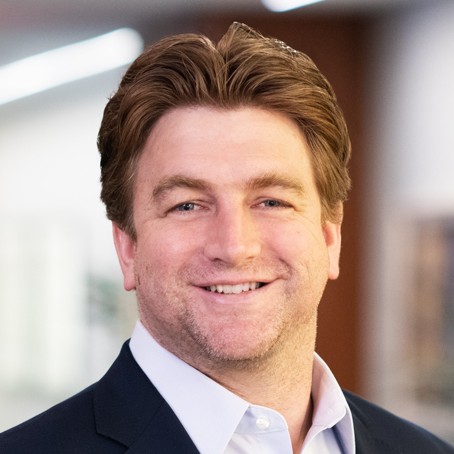The NCAA is no stranger to defending antitrust suits. Remember Maurice Clarett? How about the NIT? Tom Farrey of ESPN the Magazine brought my attention to a new and very interesting antitrust suit filed last week in Los Angeles on the theory that the NCAA has illegally conspired to prohibit member colleges from offering athletic scholarships covering the “full cost” of attendance. Apparently, the NCAA fixes a standard scholarship package, called “grant-in-aid,” which is approximately $2,500 less than the official cost of attendance. Farrey also notes that:
“[A]thletes are the only students subject to aid restrictions imposed by an agreement among universities. Talented students in music, chemistry or any other area can be bid upon by individual colleges, without limits on the total value of their scholarship packages.”
NCAA President Myles Brand had apparently come out in favor of a proposal bridging the gap between grant-in-aid and full cost in 2003, but to no avail. The lawsuit was filed on behalf of a class of scholarship athletes in the graduating classes from 2002-2010 by none other than (1998 California Antitrust Lawyer of the Year) Maxwell Blecher and seeks damages covering the difference in scholarship costs and full costs for some 20,000 athletes from 144 colleges (the article estimates this difference to be near $117 million, which would be trebled to $351 million). Of course, one expects that the NCAA will trot out the classic sports/antitrust defenses: the fixed scholarship is necessary to maintain “competitive balance” and “preserve amateurism.”
This suit will be a fun one to watch.
*For the sake of disclosure, this suit caught my attention because Ramogi Huma, a UCLA linebacker during the 1990s, was responsible for getting the class of plaintiffs together through his organization, Collegiate Athletes Coalition. CAC has received its own fair share of press for its work over the years with regards conditions for student-athletes (insurance for mandatory summer workouts, health care, eliminating employment restrictions, etc.). This fact caught my attention because, like many former Bruins who managed to make their way to the weightroom from time to time, I met Ramogi during the early days of the CAC. Though I have not been following their activities closely, the CAC has clearly grown from its UCLA days, with Congressional testimony under its belt (and apparently, support from the United Steelworkers of America), and involvement in a federal antitrust suit.




